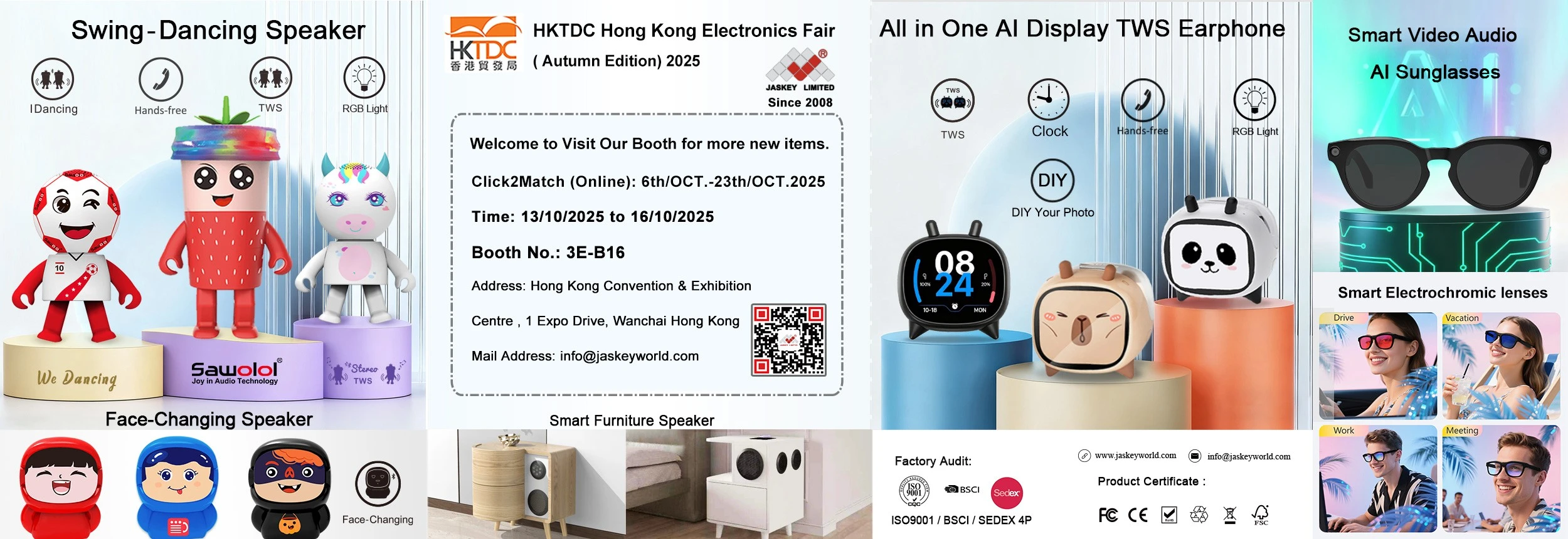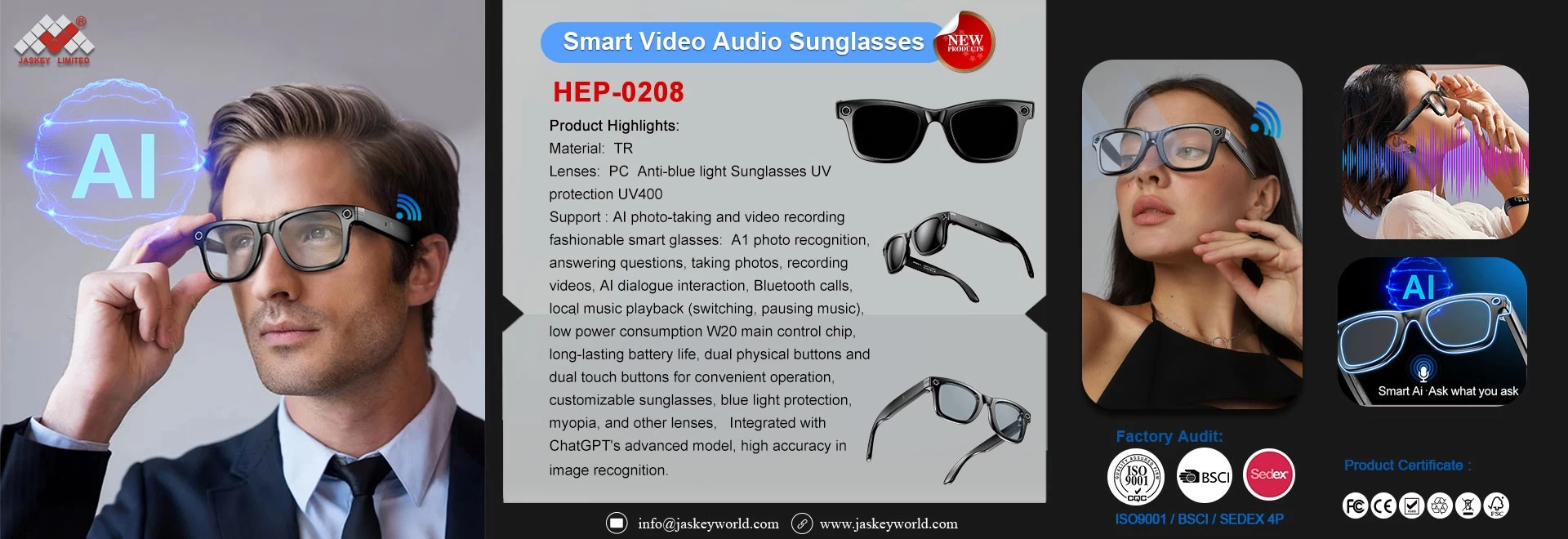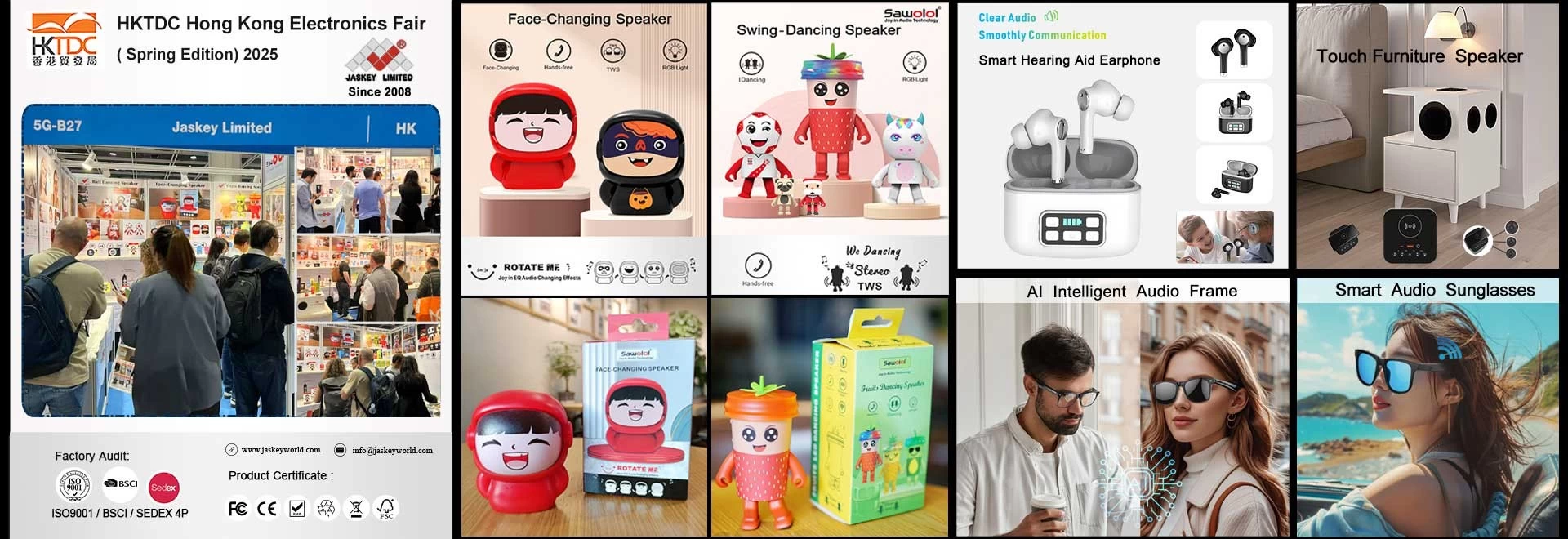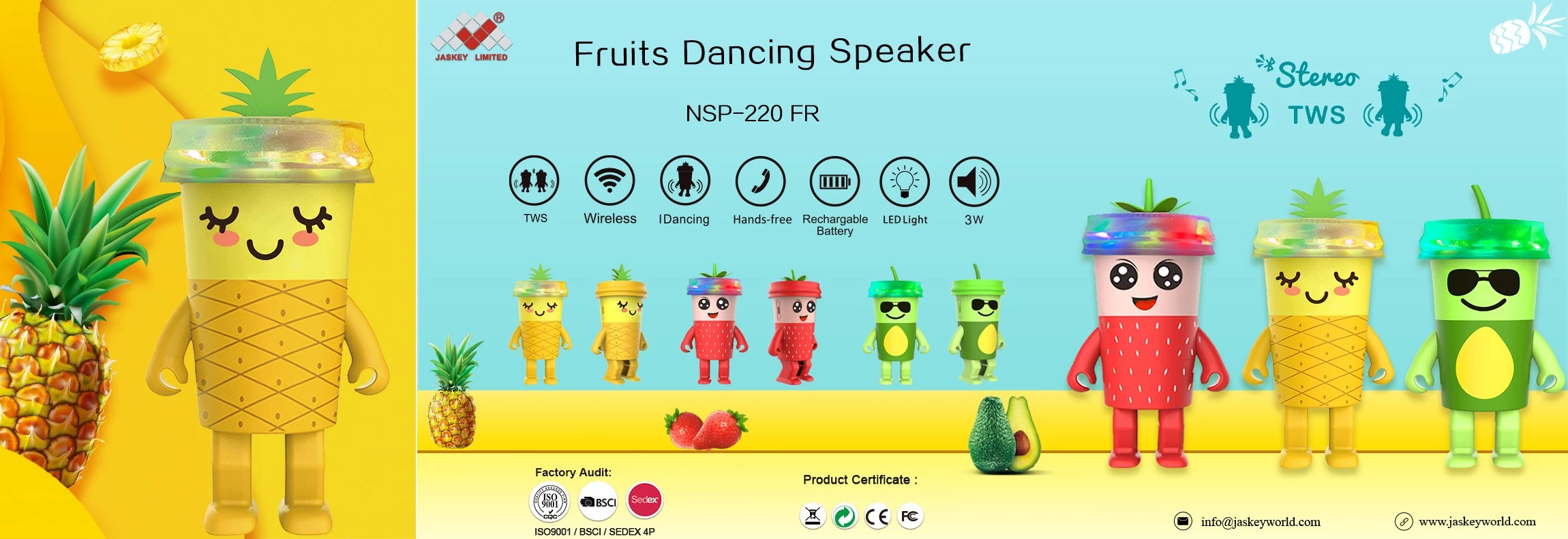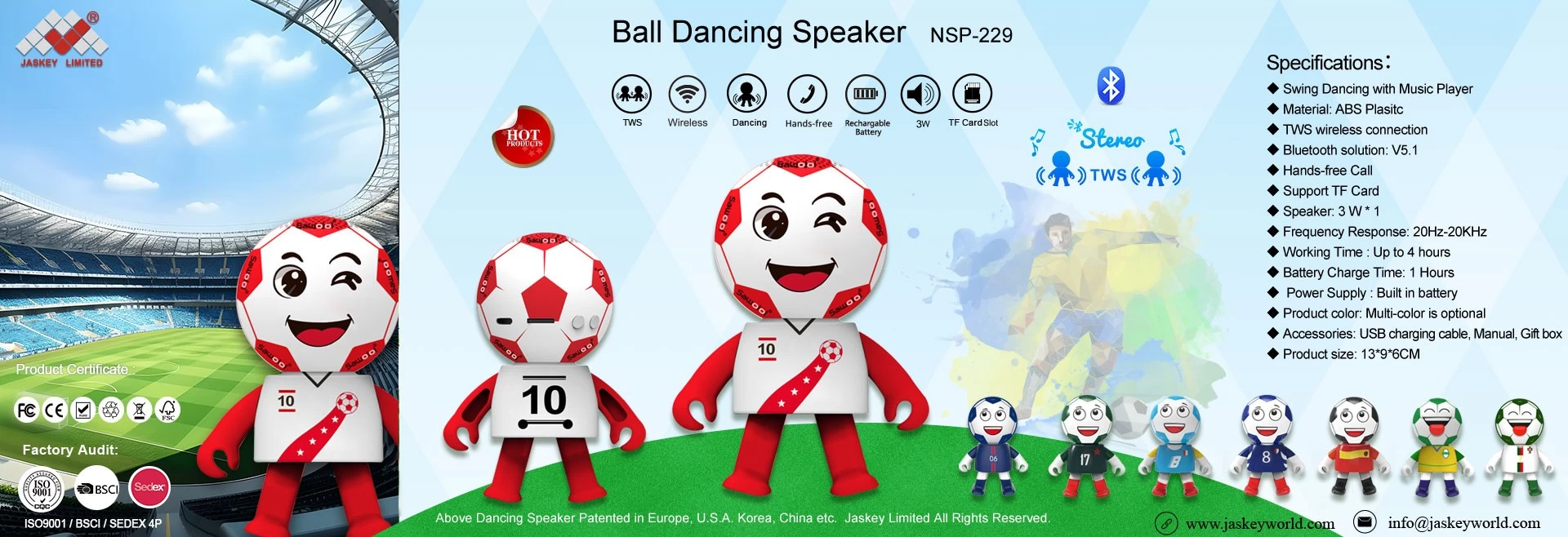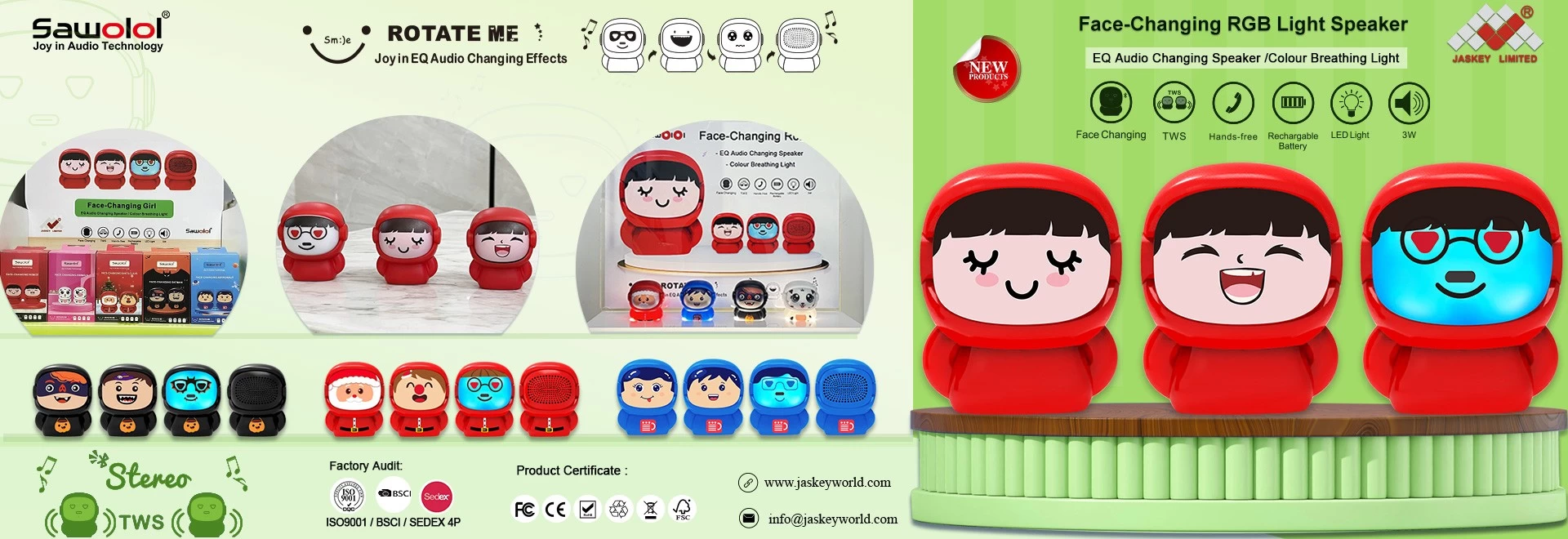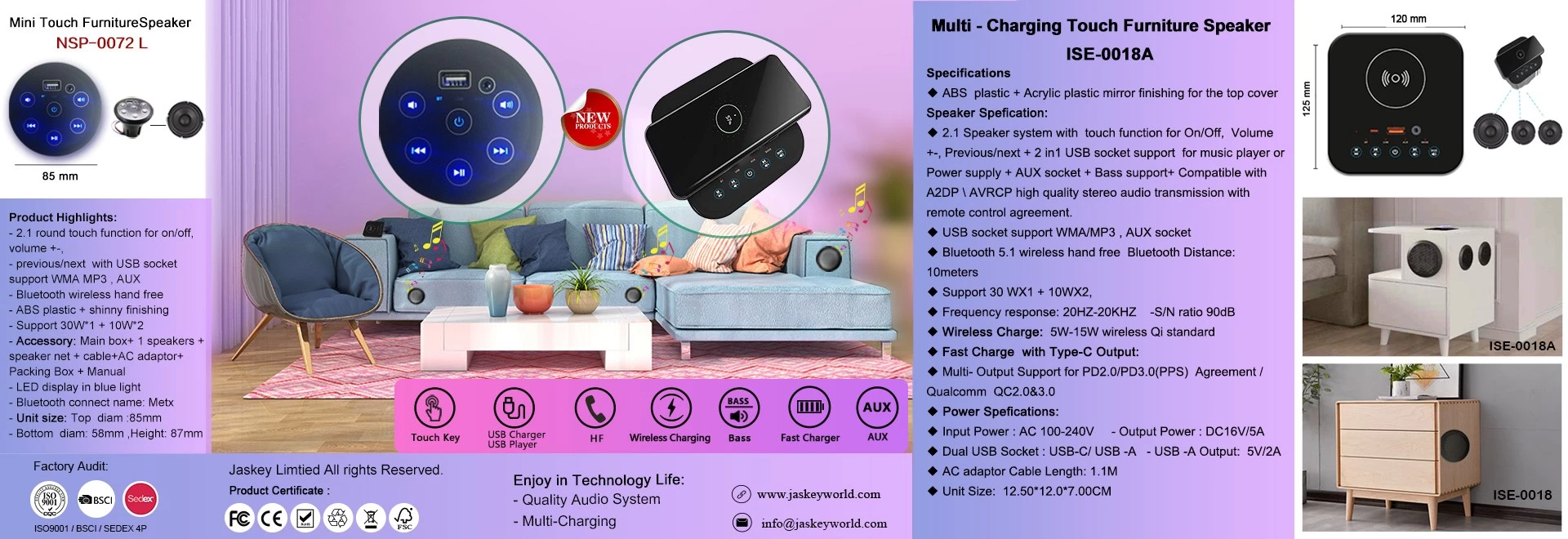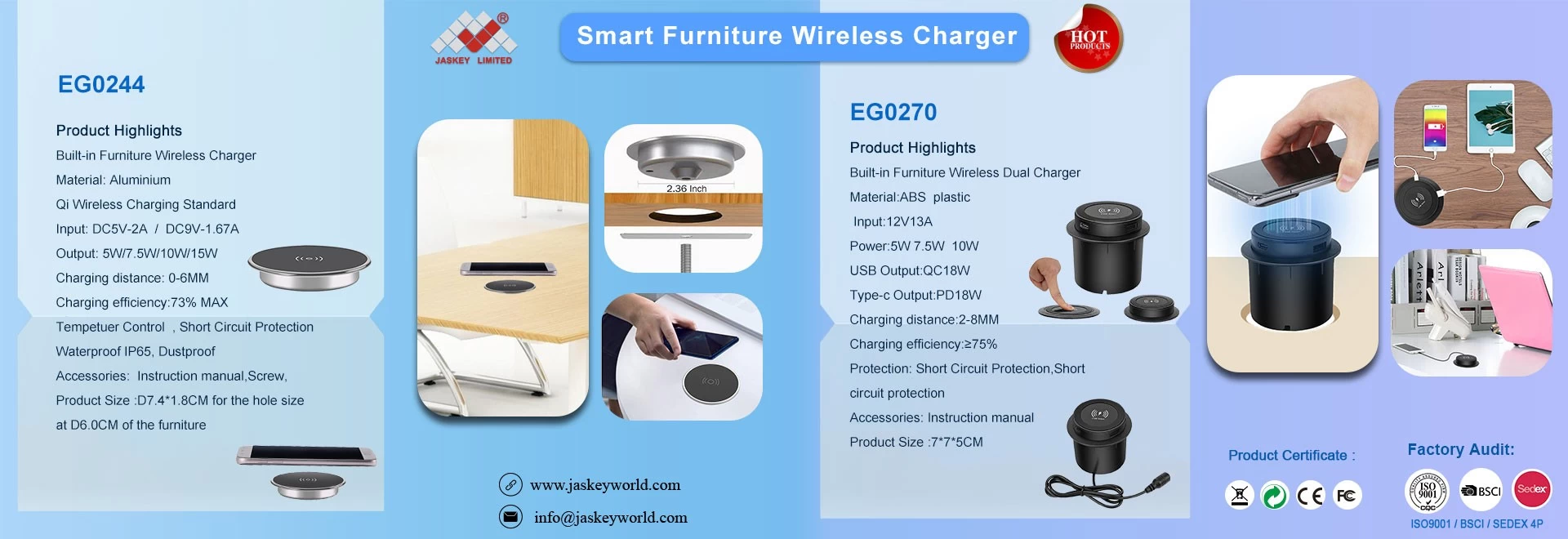In the past 2 years, the development process of Bluetooth technology in various applications
The latest development of Bluetooth technology is to expand the definition of smart buildings by implementing large-scale device networks and precise location services, thereby enhancing the visitor experience, improving occupant productivity and optimizing space utilization. The main growth points of Bluetooth applications are mainly wireless audio (such as TWS headsets), data transmission, location services (increasingly powerful Bluetooth lateral positioning function), Bluetooth networking (mesh networks, etc.) and other markets.
Important features of Bluetooth 5 include twice the transmission speed, four times the transmission range, and eight times the long-distance advertising push capability, as well as a more stable connection capability, a better user experience, and a smarter beacon.

The new Bluetooth 5 specification focuses on the Internet of Things demand. The rapidly developing and expanding Internet of Things market will bring some huge business opportunities to device manufacturers. Due to the emergence of various new applications and the rapid increase in the number of devices that require wireless connection, various wireless standard technology alliances are busy developing new standards or updating existing standards to meet the specific needs of the Internet of Things.

There are divergent opinions on the growth of the Internet of Things-related applications and device markets, but research estimates that by 2025, its compound annual growth rate (CAGR) will reach approximately 16%. To achieve all usage scenarios, such a wide range of IoT applications will require the use of several wireless standards. This in turn also means that coexistence must be fully resolved. Moreover, the demand for suitable gateway devices will also increase significantly.
According to market share estimates, by 2021, 60% of wireless devices will use Bluetooth, and at the same time, 16% of the devices will use Bluetooth Low Energy (BLE). Most of the growth will occur in applications such as smart homes, beacons, connected homes, and wearable devices. According to the computer magazine "Datamation", ABI Research predicts that between 2016 and 2021, Bluetooth low energy shipments will reach a compound annual growth rate of 34%. Such a growth rate requires not only extremely stable and reliable wireless standards, but also manufacturers to fully utilize the possibilities allowed by wireless standards in their hardware products and provide an easy-to-use and powerful software stack.
Bluetooth has existed for almost 20 years and has been used in about 8.2 billion devices, which has fully proved its stability and reliability. The latest Bluetooth standard has improved the functions of bandwidth, transmission range, broadcasting and coexistence.

